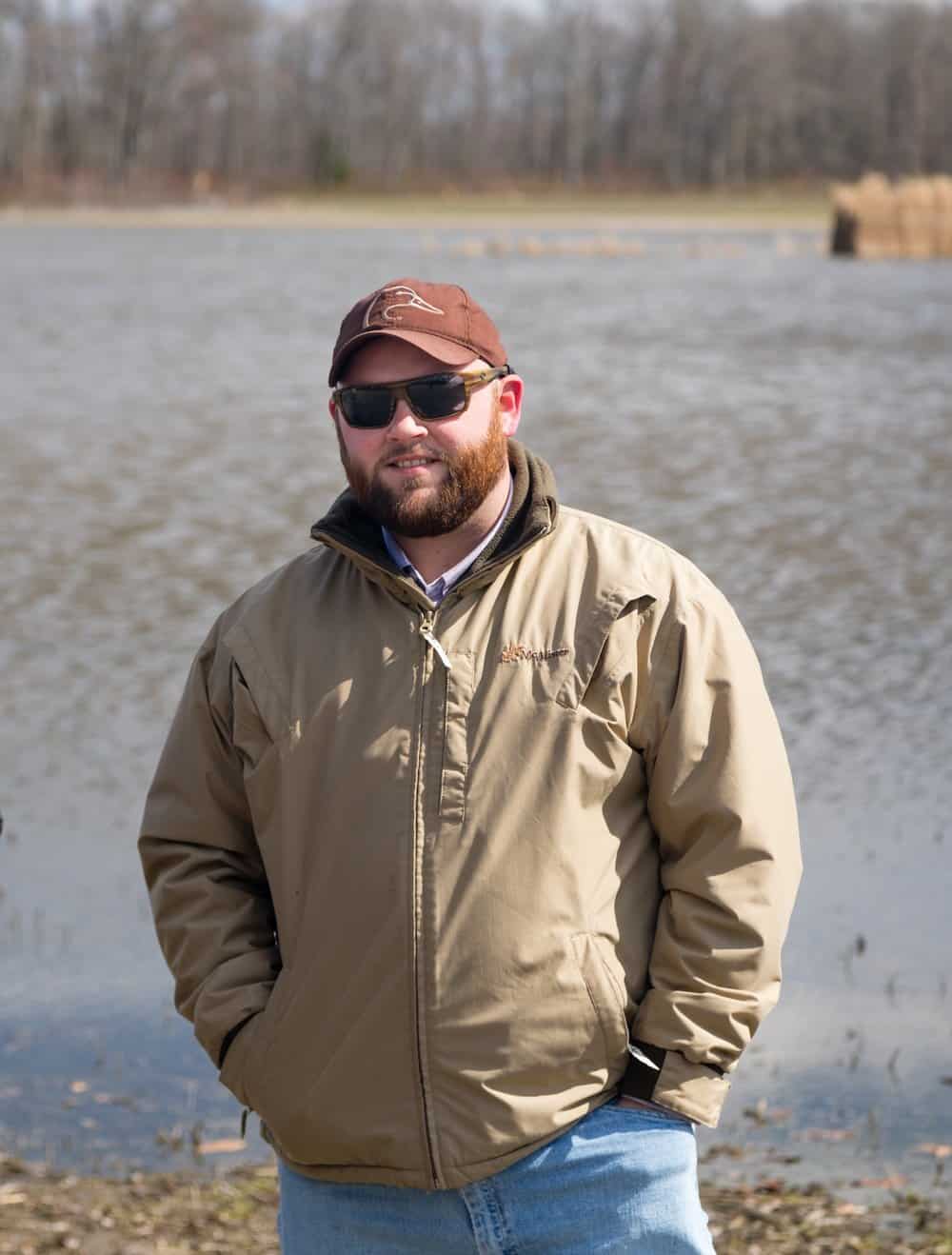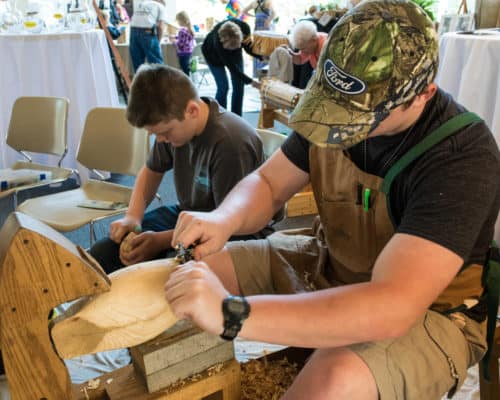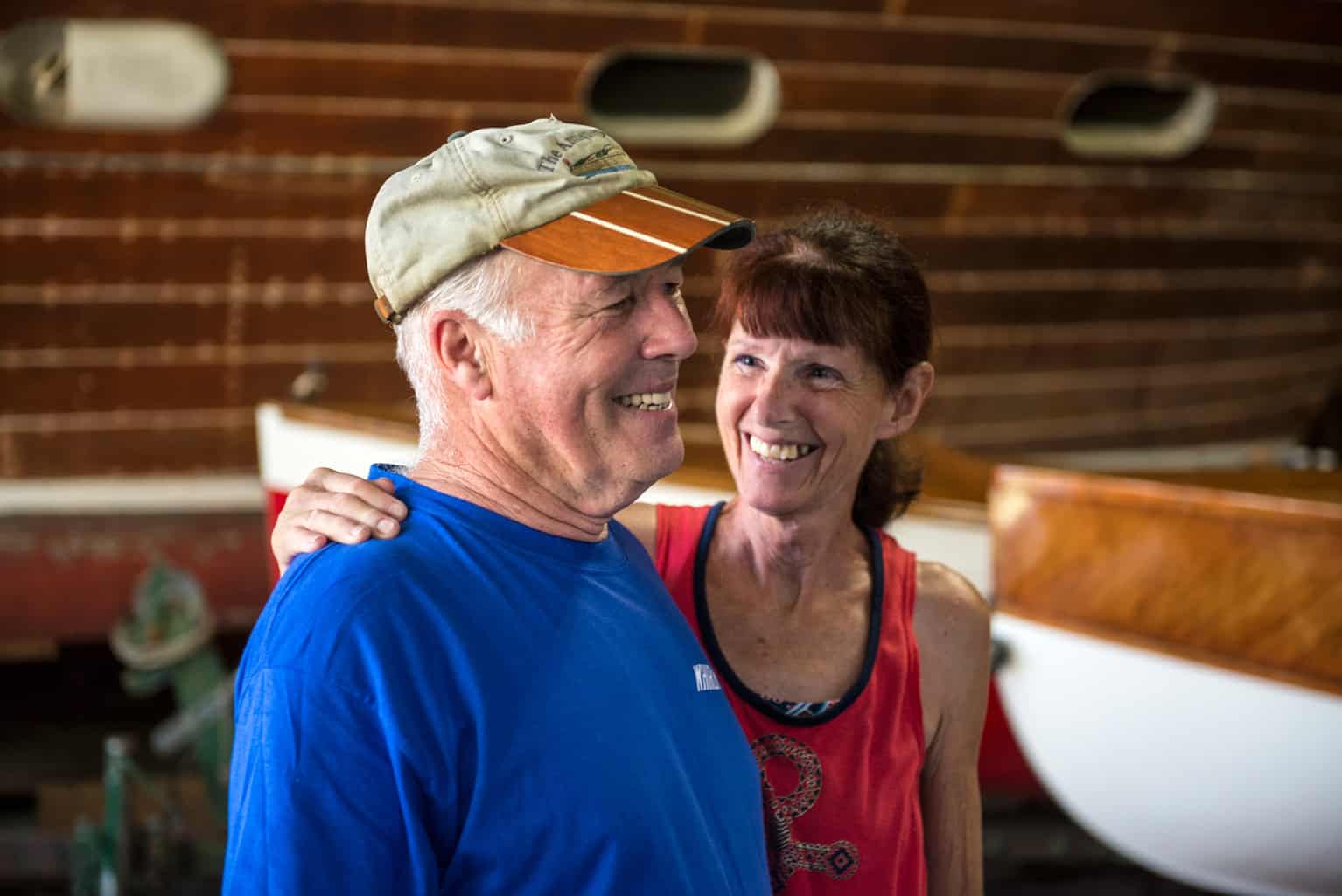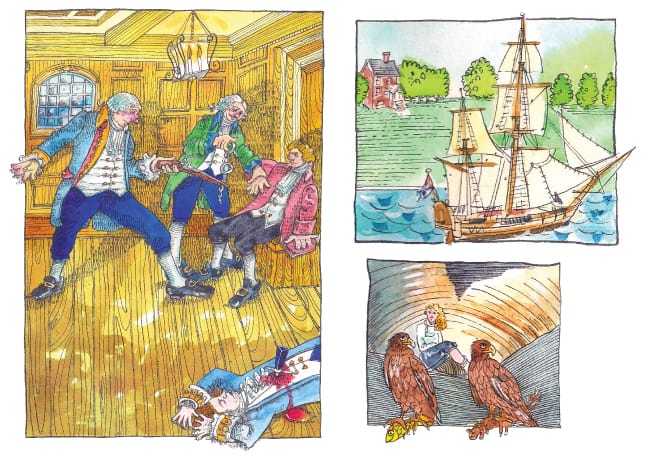Ducks Unlimited Chesapeake biologist Jake McPherson explains the waterfowl equation
Jake McPherson can tell you almost anything you need to know about waterfowl in Maryland, but there’s one thing he keeps a secret.
“I’m going to refrain from the best-place assessments for particular species,” says the Ducks Unlimited (DU) regional biologist. “I wouldn’t want your readers getting in a shouting match about how great goose hunting is in Easton versus Chestertown!”
It’s a smart move to be circumspect, like a football commissioner not picking a favorite team, but it also makes sense considering the scope of habitat and species he covers.
McPherson grew up duck hunting in Virginia, went to Virginia Tech and majored in wildlife science. “I was fortunate to have a great professor focusing on ducks,” he says. In 2010, he interned at the DU field office in Annapolis. That eventually turned into a full-time job as DU’s regional biologist covering Maryland, Delaware, and West Virginia. He’s currently enrolled with a full schedule of courses at the University of Delaware in pursuit of his master’s degree.
His DU assignments range from studying habitat for diving ducks on the Chincoteague salt marshes to wood ducks in the flooded timber on the Potomac, and from Canada geese on Eastern Shore corn fields to sea ducks on the open water of the Bay.
DU’s core mission is to conserve, restore and manage wetlands, but McPherson is also a walking almanac
of waterfowl behavior and migration patterns. Nothing marks the changing of the seasons in Chesapeake country or gets a hunter’s adrenaline pumping like the sound and sight of flights of waterfowl riding a late autumn cold front.
The first to arrive are the pint-sized blue-wing and green-wing teal that stopover in the marshes briefly in September on their way to winter in the tropics. Then come a few waves of other, early-migrating duck species whose migratory instincts kick in with the shortening days. But, the big event happens as winter arrives in earnest and pushes thousands of waterfowl to the Chesapeake region in search of food and open water. Some species such as the diving-ducks won’t make the trip unless deeper freezes set in up north.
A big part of hunting success is timing the migrations and being in the right place at the right time. So, it pays to talk to McPherson.
“As a general rule,” he says, “dabbling-duck species tend to migrate earlier than diver-ducks.”
Dabblers, such as mallards, black ducks, and pintails, feed tail-up in shallow marshes and near-shore, emergent, and forested wetlands, and therefore tend to be more weather-sensitive as the marshes lock up. “Dabblers may be pushed from northern staging areas by cold weather or snow that freezes shallow wetlands or covers agricultural food sources,” he says.
Divers, such as redheads and the “king can” canvasback, which weighs in at a stout 2.5 pounds, thrive in bigger open waters, which take longer to freeze-up. They prefer the larger bays, rivers, and inlets where they can find “a buffet of vegetation, fish, and aquatic invertebrates,” says McPherson. “Diver duck habitats don’t freeze until extended periods of cold weather, so they’re not forced to leave areas up north as early.”
Sea ducks, such as scoters, are in a category of their own, and not just because of the surf scoter’s candy-corn nose. Like divers, they “feed on various mollusks and other invertebrates and can be found around oyster beds.” They fly by the calendar and often show up in our region after Halloween.
Lastly, Canada geese— “as field feeders, respond more to snow cover up north,” observes McPherson. Anywhere that has a mixture of wetlands, ponds, tidal marshes, and agricultural lands will support higher concentrations of Canadas. “As agcentric areas to our north begin to be covered with snow, you can typically rely on new waves of geese showing up.” The best indicator of Canada migrations is snow cover in Pennsylvania, New York, and Ontario.
McPherson is currently working on a research project for the University of Delaware to learn more about the caloric energy waterfowl expend and what type of habitat is required to support certain populations.
So, armed with all of his knowledge, where does McPherson take his duck-boat to hunt on his days off?
“One of my favorite places is the Susquehanna Flats,” he says. “The variety of species that are found there
is amazing.”
This legendary pocket of water situated at the head of the Bay acts as refueling station of sorts for travelers. The mighty Susquehanna and a handful of other rivers pour into the Flats, creating a delta-like environment that supports all kinds of habitat.
“You can shoot Canada geese, divers, dabblers, and I’ve even shot snow geese. It’s kind of unreal,” exclaims McPherson. “Name another place you can do that in one spot!”




